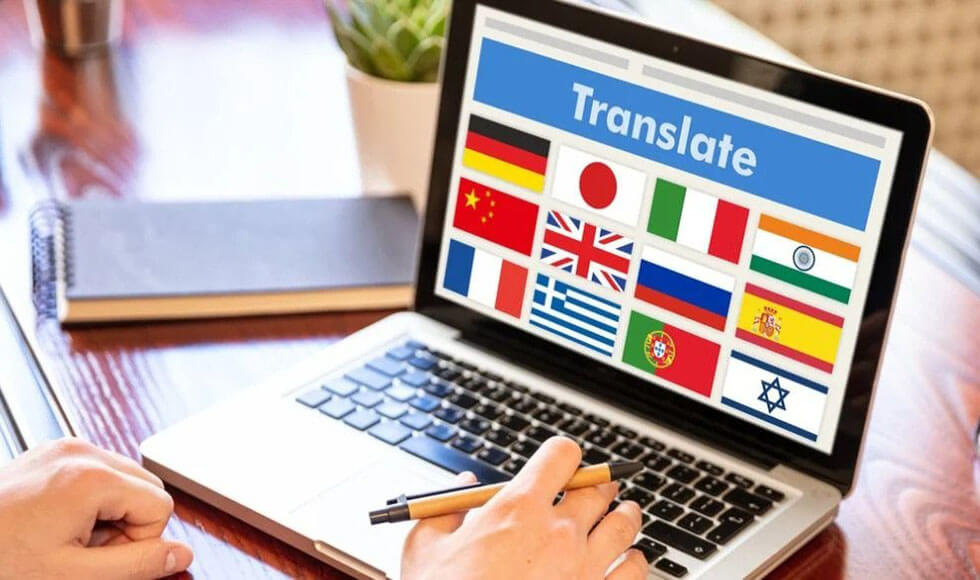
02 Feb Four Tips to Help Improve the Quality of Your Language Translations
The number one goal of any translation agency is to provide the highest quality translations for its clients. There are a few steps that go into this that we will get into. By following the four tips below when undertaking a translation project, it will not only improve the quality of your translations, but also expedite the time required to complete each project.
1. Understand the Scope of the Project
Before any project is started, it is important for the translation agency to meet with the client and understand the full scope of the project. What are the client’s goals, style, and voice? What kind of tone is the client trying to convey? These are some of the crucial questions that need to be asked to provide quality translations.
If the project involves translation content for marketing, then some of the source content may need to be transcreated rather than translated. Transcreation, also known as creative translation, is the process of translating content so that the meaning remains the same, but the wording may vary from the source. This is often used when translating marketing items such as brochures, websites, and presentations– where content writers use puns, play on words, and colloquialism. Different languages have different common sayings and expressions, and this needs to be taken into account when trying to convey a certain message or feeling within a translated document.
Doing research on the client themselves to understand their branding is also helpful in the translation process. Translators will review clients’ websites to get a feel for their style and tone so that their translations are consistent with the source content. This will also give the translations a more natural feel and can more closely match the original content.
2. Know Your Audience and Purpose
It is always helpful to know the geographical region being targeted in the translations. Let’s take a look at Spanish for example. Spanish is spoken in multiple different countries and regions throughout the world; however, Spanish used in South America and Spanish used in Spain will have difference nuances and translations specific to their regions. Therefore, it is important to understand who exactly is being targeted so the translations can be best tailored towards this group.
Knowing the intended use for the translation is very helpful. Are these translations for internal or external purposes? Is there an existing style guide or glossary that can be provided? For what specific geographical location and culture are these translations intended? These are just some of the questions a professional translation agency should be asking prior to launching a project.
Translators love reference materials and are always asking us for more information. The more information a client can provide on their brand and intended audience, the better the final translation will be.
3. Make Sure a Quality Assurance Process is Followed
A quality assurance (QA) process is essential when translating documents as it helps to ensure that the translated content accurately reflects the original source material. Every translation agency should have a robust QA process to ensure accurate translations.
Once a translator has completed translating the content of the project, the translations should be reviewed by a proofreader so that all translations are being reviewed by at least two qualified translators. If the proofreader finds any errors, they are sent back to the original translator to review and incorporate into the translations. When the translations are completed and no errors remain, the files need to go through a second quality assurance step. This is where a QA specialist will review the translated files against the original files and check formatting, punctuation, hyphenation, and missing text. This is the final step before files are finalized and sent back to the client.
This quality assurance step is crucial in the translation workflow and cannot be skipped or rushed.
4. Select a Translator that Best Fits the Project
Selecting the most qualified linguist is key to a successful translation project. Ask your translation partner to provide you with resumes of their translators so you can see their background, qualifications, and types of materials they have translated.
The best way to get a sense of a translator’s qualifications is to ask for a sample. A reputable translation agency will offer all clients the ability to view free samples of translators’ work. It is very beneficial when the client can choose the translator they would like to work on their project and will only help both the client and translation company in the end to successfully complete the translation project.
Prior to the launch of a project, ask the translation agency to take a small sample of the content from the project (300-500 words) and have the two most qualified translators translate the sample. Both sample translations will be accurate and convey the meaning of the source content, but one of them inevitably will speak more to the brand’s style and tone.
Taking into consideration these four topics will greatly improve the quality of your language translations. They will also help you build a relationship with your translation agency and keep both of you on the same page. A reputable translation company will take all these steps and guide you through each one as they go. In the end, both the client and translation agency will have a final translation they can be proud of and that will help spread information across various regions and people – breaking language barriers as they go.


Sorry, the comment form is closed at this time.